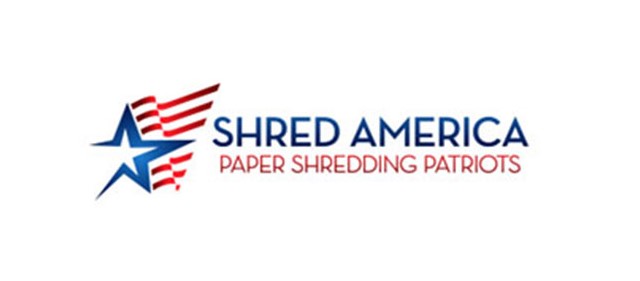Yesterday, my wife and I dropped our oldest daughter off at college. For those of you who have experienced it, there’s a range of emotions that take place. You’re happy for them and their ability to start a new life but you’re also sad to see them “leave the nest” and branch out on their own. Needless to say, it’s a happy and sad day all at once.
One thing we didn’t have to stress about was how to pay for her college. Our ability to save and plan for the future has made it possible for her to avoid taking out student loans. As I told her throughout high school, there’s a reason Dad drives a 15 year old car. The car you like to make fun of on a daily basis is paying your way through college so be nice. We need it to last.
Money can cause an immense amount of stress in our lives. Refrigerators stop working, AC units need to be replaced and cars break down. Sending your child to college is very expensive. There are all facts of life that cannot and will not be completely avoided. Rather than going into debt to pay for what we know will eventually happen, putting a plan in place to pay for them is essential.
Thankfully, there’s an easy way to get started and I’m going to show you how.
Step 1: Open a “Slush” Savings Account
Credit cards are appealing because they’re very easy to use. If your car breaks down and the cost to fix it is $500, it’s simple to plunk down a card and pay the bill, right there and then. It’s easy to pay now and worry about it later. This is great until the bill comes due. What if we reversed this? Why not pay now for what will happen later?
Let’s use the $500 car repair as our example. What if you had planned for this future bill by placing money into a savings account, only to be used when you needed it? It’s true that you wouldn’t know exactly how much to save; however, it’s safe to say most large expenses will cost at least $500-$1000. Having this money readily available allows you to avoid use of a credit card and any interest associated with it.
Taking it a step further, having a “foundational” amount in savings is an even better idea. For example, if you have a goal to save $1000, anything over this amount can be used as your “slush” fund when you need it. Meaning, if you have $1500 in savings, this allows you to draw from the $500 while keeping the $1000 intact. You would then pay yourself back from anything you may have “borrowed” when you have the ability to do so. It’s like a small credit card without the fees.
Step 2: Open “Don’t Touch” Account(s)
Along with a savings account you can draw from when you need to, you should also have an account or series of accounts that are off limits to you or anyone else until the time comes to use them. This would include: 529 Plans for college, 401Ks, IRAs or Roth IRAs for retirement or any other investment account you’re using to build wealth.
Regardless of what you do or how you do it, these accounts are hands off until you’re ready to use them. This means that a new boat, car or swimming pool will have to wait. It’s very easy to act broke, it’s much more difficult to act rich and build wealth.
Rather than attempting to figure all of this out yourself, I’d recommend discussing with a financial advisor. There are so many different options and it can all be quite confusing. An advisor is licensed, trained and understands what makes sense for your particular situation.
As for me, all this slush fund talk has me thinking an ICEE may be in order.
Sign up for our Sunday Spectator. Delivered to your inbox every Sunday, with all the news from the week.
















